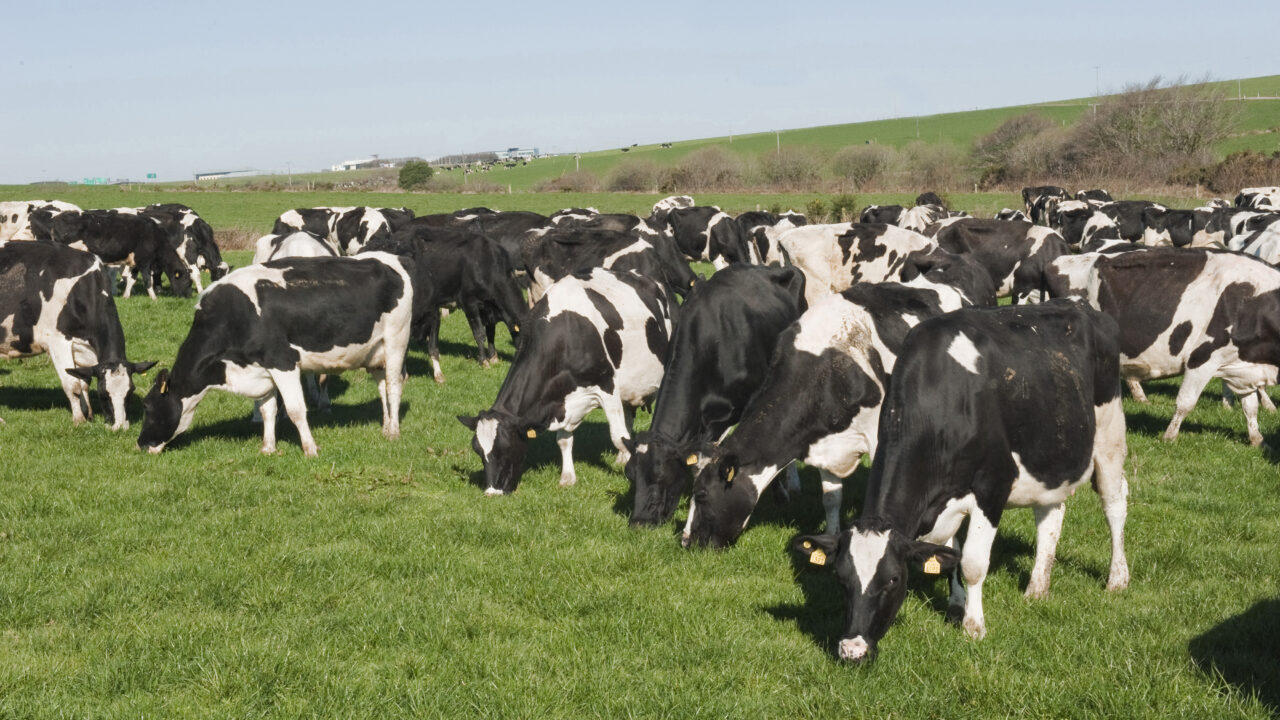Environmental strategies are in place to deal with the inevitable increase in greenhouse gas emissions and the impact on the environment that will result from the proposed expansion of dairy farming over the next six years.
This is according to Minister for Agriculture, Simon Coveney, who spoke on the matter recently.
“The Irish agricultural production system is already recognised as being one of the most efficient in the world,” he outlined.
“The European Commission’s Joint Research Centre has found that Irish dairy production has the joint lowest carbon footprint in the EU. The footprint of Irish beef is also below the EU average. The United Nations Food and Agriculture Organisation has also found that the temperate grassland production system, which is the predominant system of production in Ireland, is one of the most efficient in the world.”
The minister stressed that the department is aware of the need to identify cost-effective abatement strategies that can reduce carbon emissions while at the same time improving farm profitability.
“We are now preparing the agriculture sectoral roadmap under the Heads of the Climate Action and Low Carbon Development Bill published in early 2013.”
This sectoral roadmap for agriculture will take into account the targets in the industry’s Food Harvest 2020 report as well as the environmental sustainability commitments contained in that report.
“However, it is important that the roadmap also seeks to balance the objectives of allowing the food industry grow to meet the food security challenges that face the world as well as meeting the needs of future climate change ambition,” the minister said.
Work on this issue has been ongoing for some time.
In 2012, Teagasc published its Marginal Abatement Cost Curve for Irish agriculture, which outlined the detailed research that had been undertaken on a number of existing mitigation strategies. This provided results showing the technical, financial and environmental effectiveness of implementing these measures. These measures include areas such as: accelerated gains in the genetic merit of cows; extended grazing season; and fertiliser and manure management.
According to the Department of Agriculture, many of these measures are of direct relevance to dairy farmers and have the strong potential to lessen the environmental impact arising from the proposed expansion of the dairy herd.
“Teagasc has tailored its broadly based advisory programmes to increase knowledge and uptake of these measures and has also developed a Carbon Navigator tool to advise farmers, at individual farm level, on the most cost-effective approach to implementing these measures,” the minister commented.
In addition, the recently published Food Harvest 2020 Environmental Analysis Report assessed the potential environmental impact of increased food production as envisaged under Food Harvest 2020.
According to the department, this comprehensive analysis, which is available on the department’s website, has found that the adoption and use of high-technology and best-production methodologies at farm production level will yield the best environmental outcomes and result in the most effective mitigation measures.
A wide range of mitigation measures are available in relation to biodiversity, flora and fauna and water quality and there is an extensive list of technically feasible measures for mitigating potential damage to the environment, it noted.
Furthermore, the recommendations of the Food Harvest 2020 environmental analysis report are informing the drafting of the new 2014-2020 Rural Development Programme.
“Proposals in the current draft programme are designed to progress a range of agri-environmental measures, on-farm resource efficient investments and knowledge transfer mechanisms to support the shift towards a low carbon, climate resilient economy,” the minister added.

